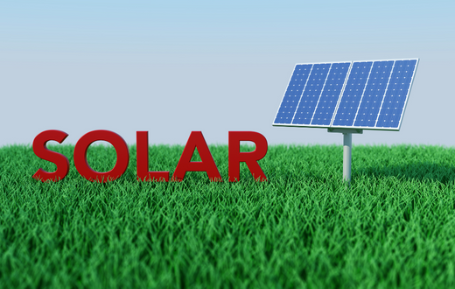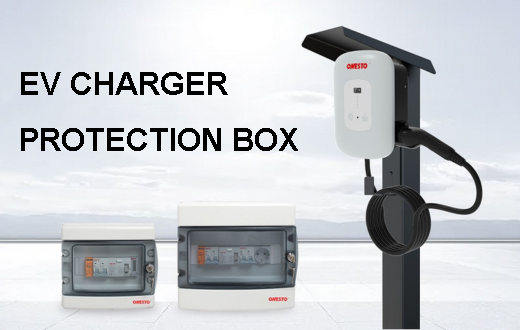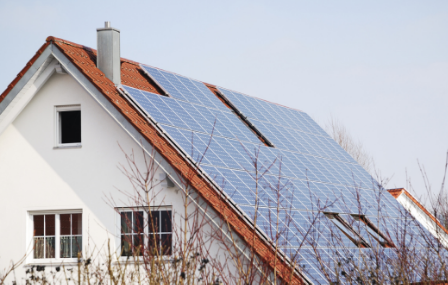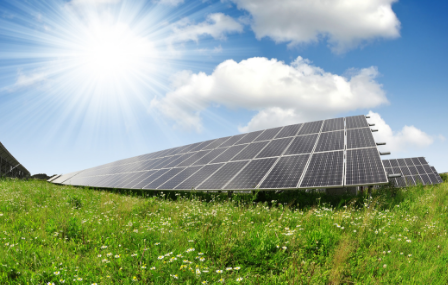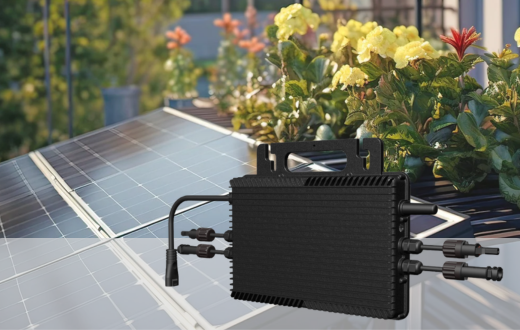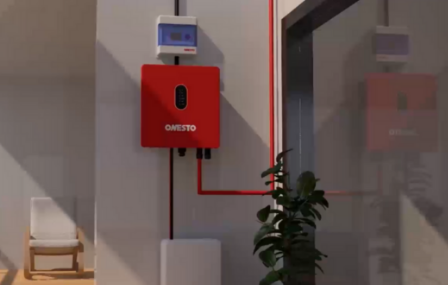Solar energy system is gaining rapid popularity among households and businesses alike. This new trend is the result of people becoming more aware of the benefits of renewable energy sources, reducing carbon footprint and saving money in the long-term. Solar energy is one of the most abundant and least expensive renewable energy sources on this planet.
Solar energy system works by harnessing the power of the sun and converting it into electricity using solar panels. These solar panels are made of photovoltaic cells that convert sunlight into direct current (DC) electricity. The DC electricity is then converted into alternating current (AC) electricity using an inverter, which can be used to power appliances, lights, and any other electrical equipment.
The solar panels are typically installed on rooftops or open grounds that receive a considerable amount of sunlight. The system is connected to the electrical grid through a net-metering arrangement, which means that any excess electricity generated by the solar panels is fed back into the grid, and the homeowner or business earns credits on their account. These credits can then be used to offset the consumption of electricity during the night, when solar energy is not being generated.
The initial cost of installing a solar energy system can be significant, but it is important to note that the long-term benefits outweigh the initial cost. Solar energy system can provide a significant return on investment while reducing utility bills, increasing property value and reducing carbon footprint. Solar energy systems have an average lifespan of 25 years, which means that homeowners and businesses can continue to save money on electricity bills for decades.
Furthermore, solar energy systems require minimal maintenance, and any repairs can be easily resolved. Solar panels are designed to withstand harsh weather conditions and can operate efficiently even in cloudy weather.
There are various factors that determine the efficiency of a solar energy system, including the size of the solar panels, the amount of sunlight received, and the orientation of the panels. It is important to consult with an experienced solar contractor to determine the best solar energy system for individual needs.
